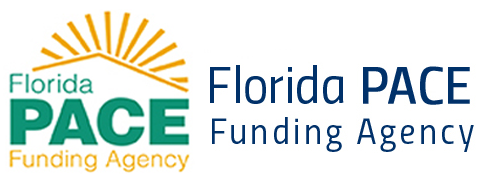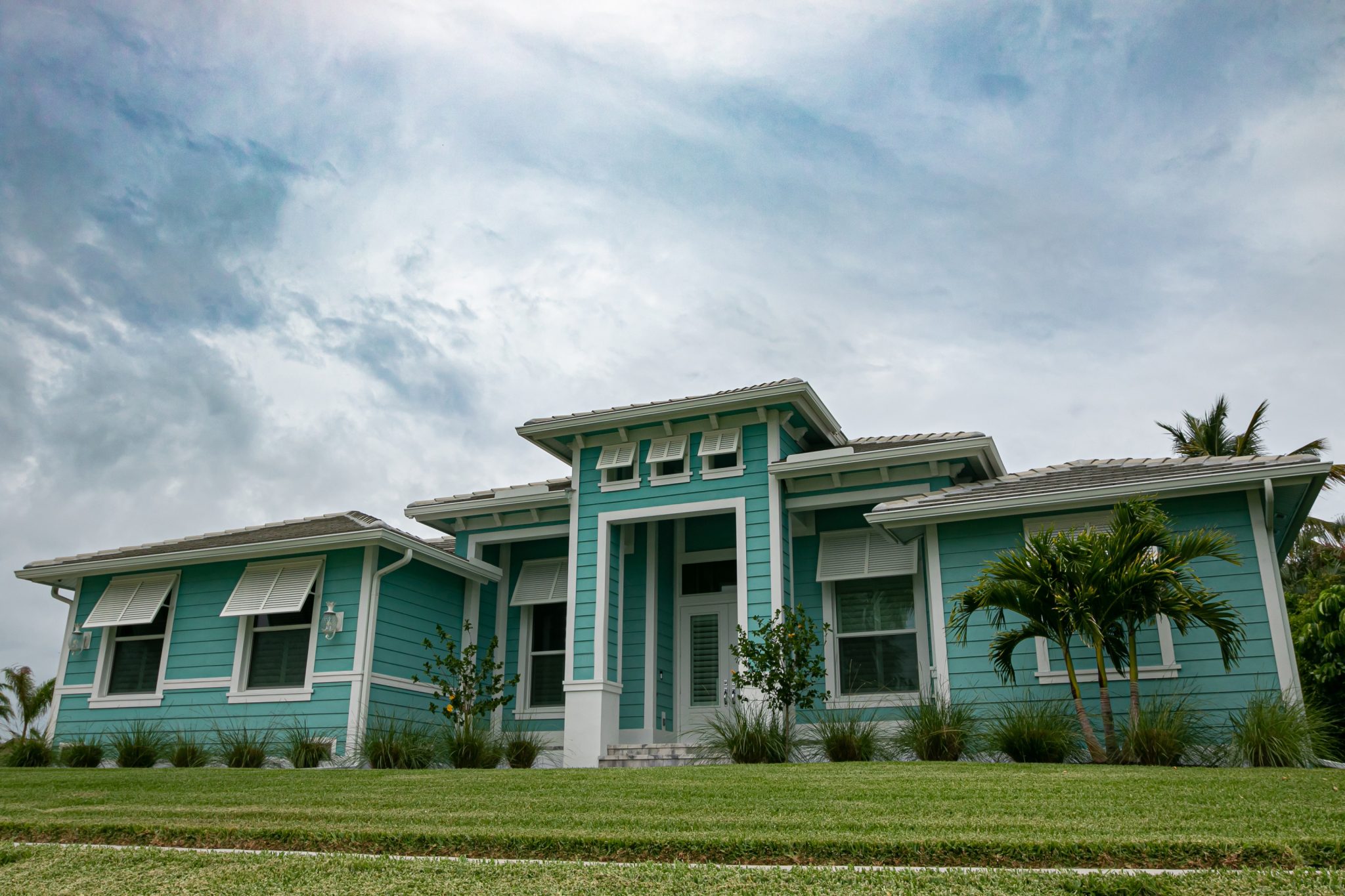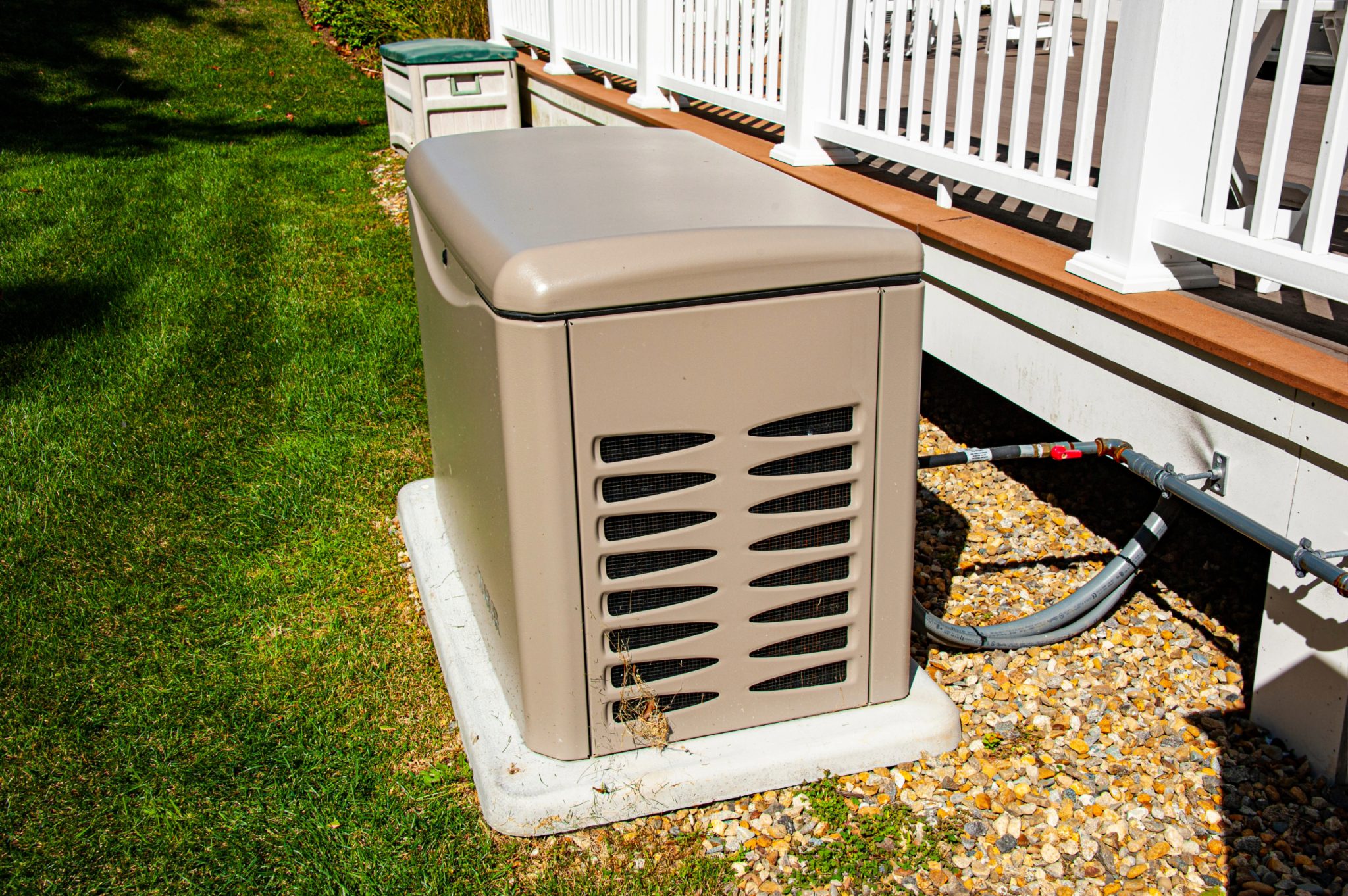
How to Lower Florida Home Insurance Rates with Wind Mitigation
While preparing for hurricane season, Florida homeowners face unique challenges in protecting their properties from severe weather. Fortunately, Florida law mandates that home insurance providers must offer discounts to homeowners who implement windstorm and hurricane mitigation or hardening alterations to their homes. By using wind mitigation methods, you can strengthen your home’s resilience against storms and potentially save money on insurance premiums.
What is Wind Mitigation?
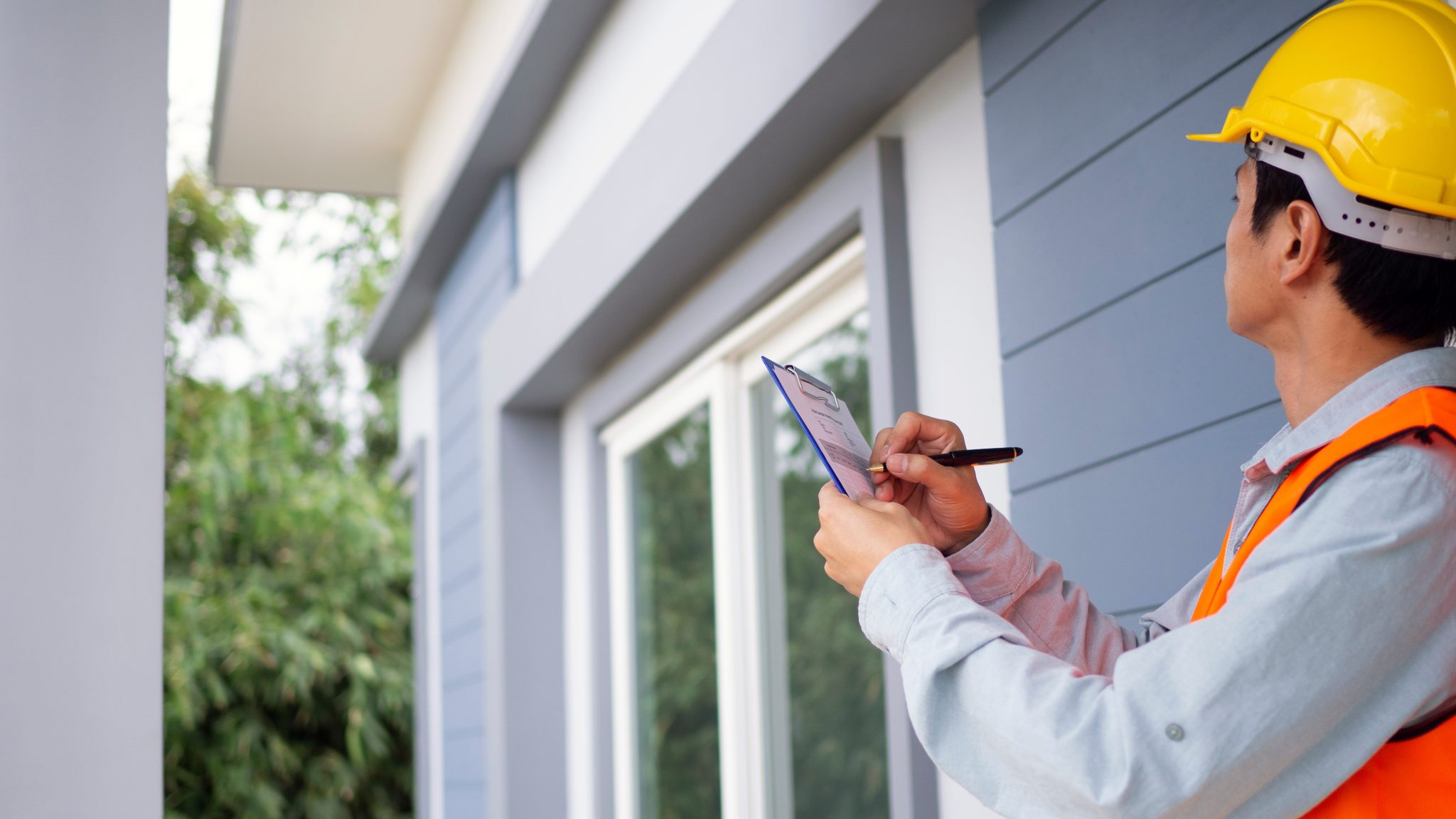
Wind mitigation refers to features and improvements that help protect your home from wind damage, mainly due to hurricanes and strong storms. These enhancements may include strengthening roof deck attachments, optimizing roof shapes and other protective measures to improve overall resilience against high winds. Situs sultan69 slot qris
Why Does Wind Mitigation Matter for Florida Homeowners?
With wind mitigation measures incorporated into your home, you can enjoy these benefits as a homeowner:
- Lower insurance premiums
- Enhanced protection for your home and belongings
- Potential increase in property value
- Peace of mind during storm seasons
How to Lower Your Insurance Rate with Wind Mitigation
The state of Florida requires insurance companies to offer discounts to homeowners who implement wind mitigation and hurricane-hardening upgrades. Here’s how to take advantage of these savings:
-
- Schedule a Wind Mitigation Inspection: Hire a licensed and certified inspector to examine your home’s wind resistance features such as shape, roof condition, roof-wall connection and more. According to W3 Insurance, a wind mitigation inspection costs an average of around $75-$150 and remains valid for five years. Even with minimal wind mitigation features, you could potentially reduce your hurricane/wind premium by up to 50%.
- Implement Recommended Improvements: Based on the inspection results, implement the necessary upgrades to improve your home’s protection against storms. Programs like Florida PACE can help cover some or all of the cost of these upgrades.
- Submit the Inspection Report: Submit the completed wind mitigation form to your insurance provider. Insurance companies must offer discounts based on the features outlined in the report.
- Enjoy Reduced Premiums: After the report is processed, any eligible credits and discounts will be applied to your policy. In some cases, homeowners can save up to 50% on their home insurance premiums.
How to Tell if Your Home is Wind Resistant?
Before scheduling an inspection, you should look for these key features:
Age of the roof: Due to stricter building codes implemented in 2002, newer roofs tend to be more resistant to wind damages. However, older roofs can still benefit from additional upgrades and proper maintenance.
Roof condition: Regularly inspect your roof for any signs of damage, such as missing or cracked shingles. Addressing these issues promptly helps ensure your roof can effectively withstand strong winds and prevent potential leaks.
Roof shape: According to FEMA, hip roofs are generally more wind-resistant than gable roofs because their sloped sides help deflect strong winds more effectively.
Presence of hurricane straps or clips: Typically found in attics, hurricane straps or clips securely link the roof to the walls and provide a strong defense against powerful winds
Impact-resistant windows and doors: Check if your home is outfitted with impact-resistant features or hurricane shutters to shield your home from flying debris and fierce winds.
By examining these features, you can assess your home’s wind resistance and identify any needed improvements.
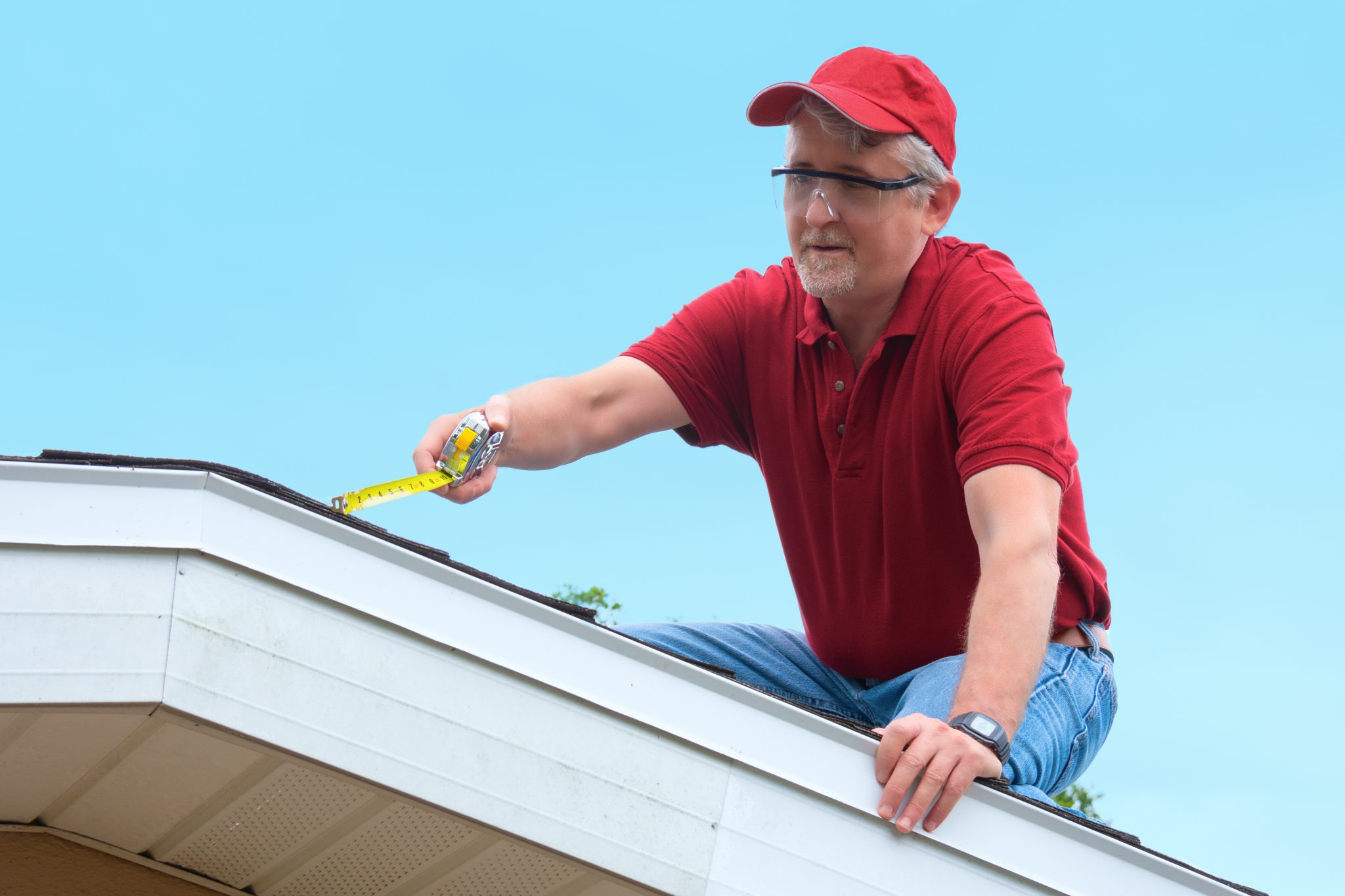
Wind Mitigation Improvements for Your Home
Roof Covering
Upgrade your roof covering with materials designed to withstand high winds like metal roofing and asphalt shingles.
Roof Deck Attachment
Secure attachment ensures that the roof deck remains firmly in place during high winds, preventing dangerous roof detachment and potential water leaks.
Roof to Wall Connection/Attachment
Enhance your home’s resilience by reinforcing the connection between your roof and walls with hurricane straps or clips. These metal connectors establish a continuous load path, ensuring that your roof remains securely attached to the walls during high winds.
Opening Protection/Shutte
Protect your windows and doors from wind-borne debris with impact-resistant windows, doors, or garage doors, or install hurricane shutters. These upgrades prevent damage and help maintain your home’s structural integrity.
Secondary Water Resistance
Apply a secondary water barrier beneath your roof covering to prevent water intrusion if shingles are damaged.
Roof Shape/Geometry
Steeper slopes and aerodynamic designs can reduce wind pressure and help your roof better withstand high winds.

Get Started on Your Wind Mitigation Project with Florida PACE
When you’re ready to get started, apply for funding through Florida PACE to secure the financing you need to protect your home this hurricane season. With no money down and competitive interest rates, Florida PACE makes it easier to invest in the essential improvements that will help keep your home safe and resilient.
APPLY TODAY